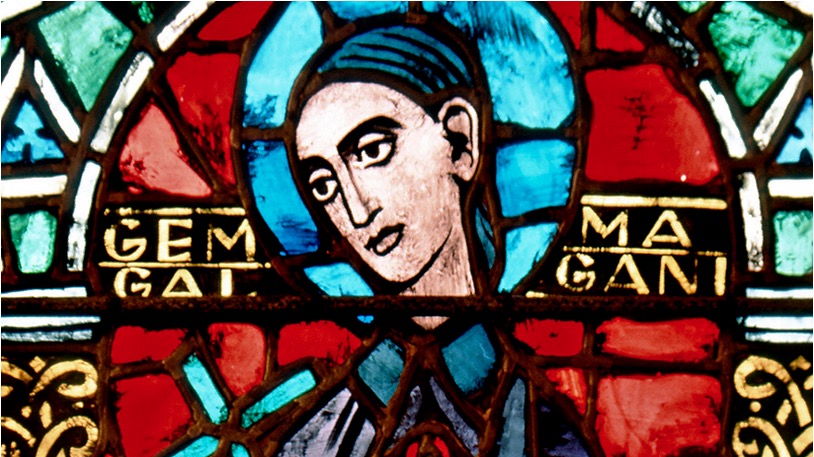God bestowed several spiritual gifts upon St. Gemma Galgani, one of which was to receive special heavenly messages about current and future events. One such message was that the Passionist order would establish a convent in her hometown of Lucca, Italy.
Why is this significant? The order had previously refused her entry, citing poor health — a source of great disappointment to the young aspirant to religious life. But more than that, because of her undying spiritual connection to the order, the Passionists today consider her one of their greatest saints. They only claimed her after she died. St. Gemma’s story teaches us much, but especially how God’s plan is perfect even though our understanding might be lacking.
The daughter of a pharmacist, Gemma was well-loved in school by peers and teachers. Known for her love of prayer, she was a quiet and reserved child. She excelled in academics, showing great promise intellectually, and for this is known as patroness of students. Weakened health prohibited Gemma from completing her studies, however.
Gemma was dedicated to acts of charity, often caring for the poor. Since both her parents were then deceased, she became the mother figure to seven siblings at the age of 19. For a time, she lived with an aunt and her family once some siblings were old enough to take care of the youngest ones. During this time, she rejected two marriage proposals. Simply put, Gemma was drawn to a life of quiet prayer and contemplation. Meningitis struck Gemma once she returned home. Not wanting to be an inconvenience, she did not like having to be cared for by her relatives. That did not last long, however, because Gemma was miraculously cured by God through the intercession of the now canonized Passionist St. Gabriel Possenti.
Gemma was known to endure temptations from Satan, just one example of the unique spiritual experiences that often caused her to be maligned and mistaken by many. Gemma endured all that as an extension of her union with the Lord, who was himself mistaken and maligned. She shows us how to endure suffering patiently on account of our faith.
Wanting to give herself to Christ in religious life, but too ill to be accepted, Gemma learned that God had chosen another path for her. In 1899, Gemma sensed something unusual would be given her by God. Having pain in her feet, hands and heart, she soon saw blood in those places. With love and patience, she bore the marks of the crucified Christ — called the stigmata — seeing this suffering as an opportunity to be further united to Christ. Gemma’s confessor instructed her to pray for them to be taken away three years later. White marks remained in their place until she died.
Her confessor arranged for Gemma to move in with the Giannini family, which was more amenable to her spiritual life than being at home. The Gianninis and her confessor recorded many of Gemma’s mystical experiences, which included levitating. She often spoke with her guardian angel, giving instruction to deliver messages or letters to her confessor. She took upon herself a severe penitential and sacrificial life, hiding it from the public eye in a spirit of humility.
After a life of trials and difficulties, which she united to Christ’s own, Gemma bravely embraced tuberculosis in her last months. She died quietly on April 11, 1903, with only her parish priest by her side. “She died with a smile which remained upon her lips, so that I could not convince myself that she was really dead,” he said. Venerable Pope Pius XII canonized her in 1940.
Her feast day is April 11.
Michael R. Heinlein is editor of Simply Catholic.

